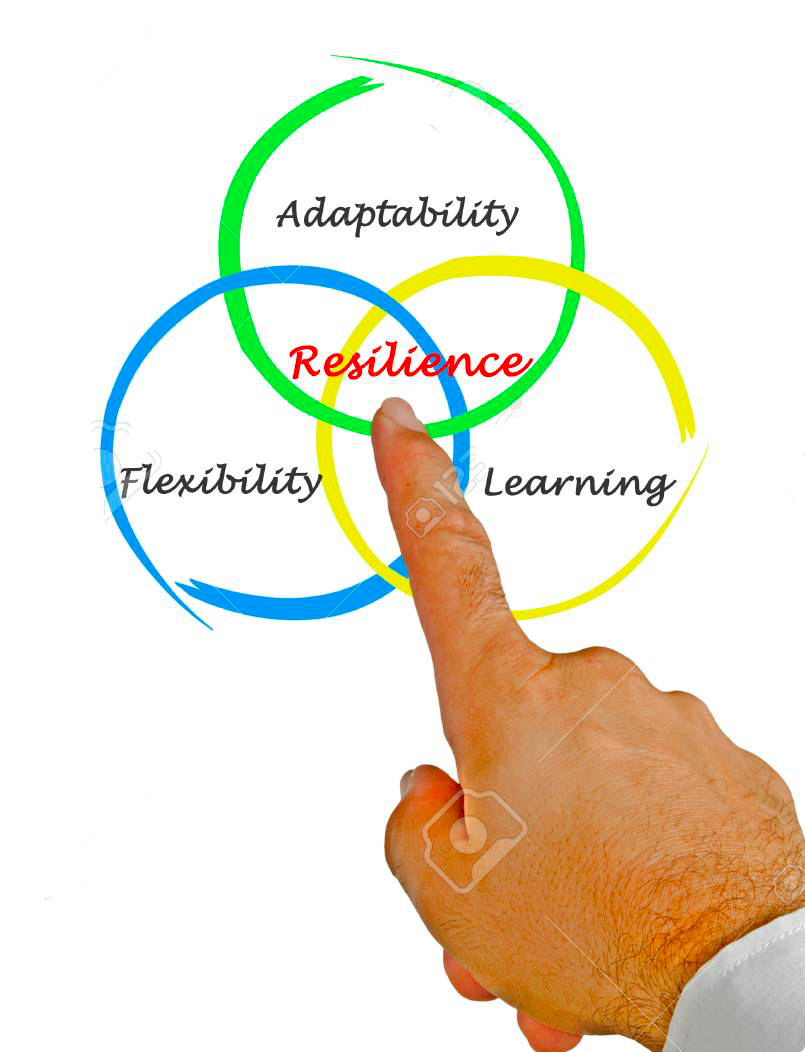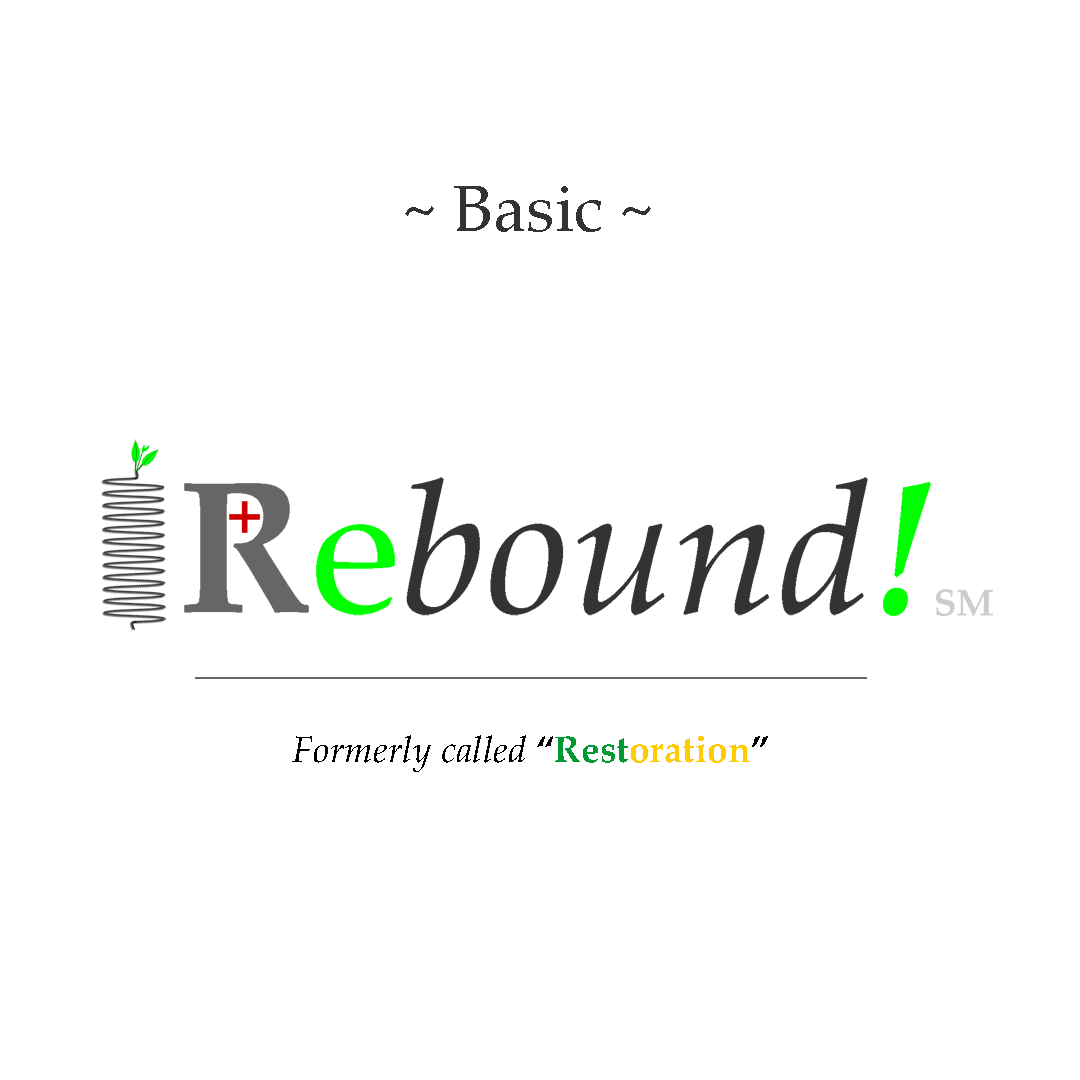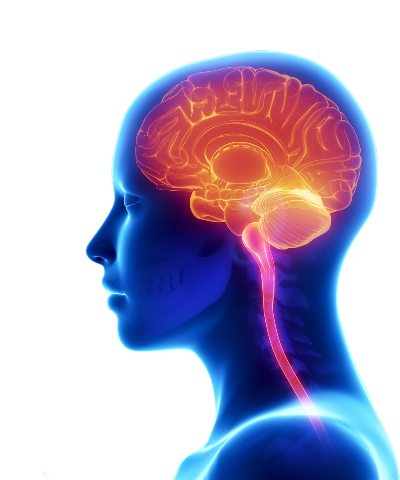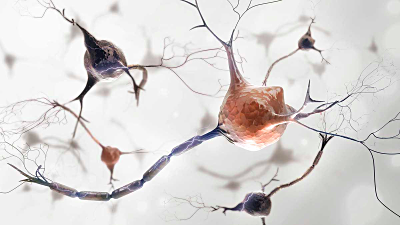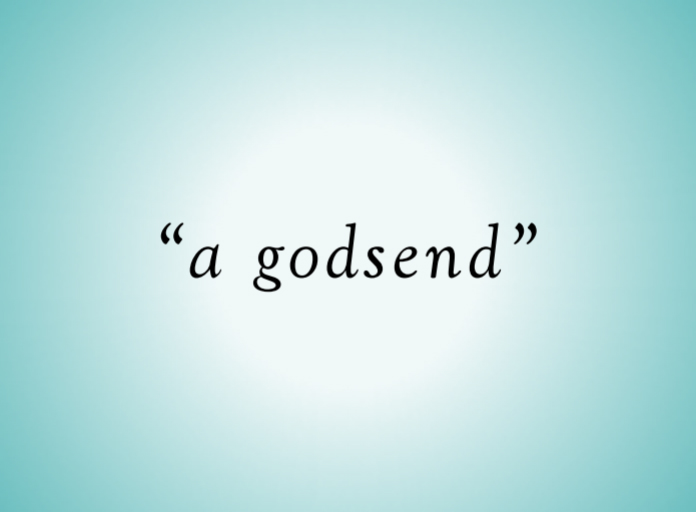Requires Robust Pattern-based Learning Stimulation
1) Traumatized brains have strikingly fewer functional connections/synapses.
2) Robust, Pattern-based learning stimulation is required to restore them.
3) Rebound!'s dynamic, parallel Pattern prompts your brain to generate mega new synapses,
thereafter using them to auto-restore lost cognitive, psychological and physical capacities!
That's why it's here for you!
___________________________________________
A Window Into The Traumatized Brain
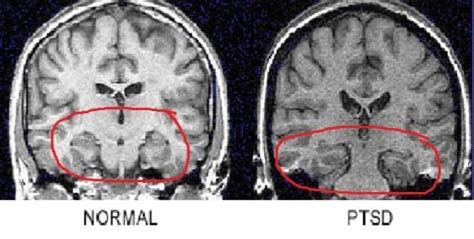
|
^
This is a normal brain. |
^
This brain has been harmed by traumatic
stress.
|
That's the underlying
principle of "Rebound!"
Rebound!SM was
created by someone living with chronic PTSD as a
means of enabling her to therefrom affect personal,
synaptic recovery, (i.e. the brain
regenerating the synaptic network required for
optimal brain function, and for the resolution of
undesirable behaviors affected by the neurological
deficit resulting from traumatic brain harm).
Here are the some of the facts, and principles that
inspired her development of our "Ultra-High
Learning" (UHL)
technology, and the creation of Rebound!
|
|
Rebound! Basic: Free
Note: The inner circles reverse direction halfway through the entire "inhale/exhale" sync process. At the turning point, a golden Om symbol is flashed for 4 frames. FYI.
|
|
How
Rebound!
Works
Rebound!
robustly and
dynamically
stimulates
your brain
whilst you
simply relax,
and
chill--with
focus on
watching and
breathing. As
the user
watches the highly
complex,
synchronized
sound
and
light
Pattern, her,
his, or their
brain learns
the Pattern on
its own; doing
so with robust
neurological
effort whilst
the user
exerts only
the physical
effort
required to
put on
headphones,
launch the
program, and
sit down for
half an hour.
Yogic [deep,
rhythmic
abdominal]
breathing as
you watch, you
affect a deep
meditation
that further
enables your
brain to
learn, and
recall the
Pattern's
highly
intricate
synchronicity.
Using Rebound! leverages your brain's plasticity to engender substantial, and very remarkable positive changes in your daily cognitive functionality, self-management, mindfulness, and quality of mental health; hence, also raising your resilience, thereby improving your quality of life. Much
More Effective Than All Other "Sync" Products!
Rebound!
and
all
of
our
UHL
products do what Brain Sync, HemiSync, Holosync,
Omni-Sync,
NeuralSync,
and similar -Sync
products do; relative to
brain
plasticity, ours
do much, much
more. Rebound! and all of
our other UHL products
puts the sync
process literally
up front and
center; your brain
learns the
synchronicity and
synchronizes as it
learns. Mostly,
rather than
working
incrementally,
over the span
of years, Rebound!
provides
exponentially
more synaptic
generation
than all of
those
products--in
the span of
120 days.
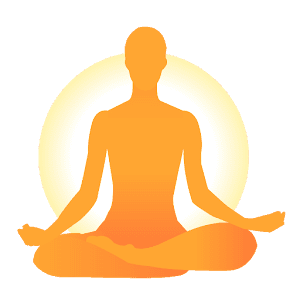 Manifold Benefits of Using Rebound!
The
below benefits may be
experienced with
recommended use of all of
our Ultra-High
Learning
solutions;
(with
efficacy
being
relative to both severity,
and scope of brain
impairment, and degree of
concentration, dedication,
and discipline applied by
the respective user):
|
~*~
* Headphones
are optimal; your brain needs to hear the
tonal synchronicity, which is set at a
quasi-subliminal level--without headphones,
it's like hearing someone whispering across a
wide street while its heavily raining. Without
headphones,
e.g.
using
a laptop, center your head between the stereo
speakers, so your brain is able to best isolate
the channels. Without headphones, the better you
are able to focus the speakers directly toward
your ears, the better.
References
Ansella,
E.B.,
Randoa,
K,
Tuita,
K., Guarnacciab, J., Sinha, R. (2012).
Cumulative Adversity and Smaller Gray Matter
Volume in Medial Prefrontal, Anterior
Cingulate, and Insula Regions. Biological
Psychiatry, Volume 72, Issue 1, 57 - 64 Bremner, J. D. (2006). Traumatic stress: effects on the brain. Dialogues in Clinical Neuroscience, 8(4), 445–461. Chen,
Z.,
Haykin,
S.,
Eggermont, J.J., Becker, S. (2007).
Correlative Learning: A Basis for Brain
and Adaptive Systems. John Wiley &
Sons, Inc. Crum
KI,
Flanagan
JC,
Vaughan B, et al. Oxytocin, PTSD, and
sexual abuse are associated with
attention network intrinsic functional
connectivity. Psychiatry Res.
Neuroimaging. 2021;316:111345.
(Also available via) doi: 10.1016/j.pscychresns.2021.111345 Estrada,
Benito
&
Molina,
Natalia & Navarro, María. (2015).
Neuropsychological and Physiological
Outcomes Pre- and Post-EMDR Therapy for a
Woman With PTSD: A Case Study. Journal
of EMDR Practice and Research. 9. 174-187.
10.1891/1933-3196.9.4.174. Graham, C. (2021). Brain connectivity is lower in adults with PTSD or a history of sexual abuse. https://web.musc.edu/about/news-center/2021/10/27/van-dan-ptsd
Hanks, H. (2016.) How To Overcome PTSD (Post Traumatic Stress Disorder). Hathaway,
B.
(2012).
Even
in the healthy, stress causes brain to
shrink, Yale study shows. Yale News.
Klosowski, T. (2013).
Science Behind How We Learn New Skills. Michelon,
P.
(2008).
Brain
Plasticity: How learning changes your
brain. SharpBrains. Military with PTSD, Inc. (2014). PTSD and the Brain--Including a (non-clinical) PTSD Self-Check--in case you're questioning whether you're living with it. n.d. (2020). How Meditation Changes the Brain. Mindworks. Nutt,
D.J.,
&
Malizia,
A.L. (2004). Structural and functional
brain changes in posttraumatic stress
disorder. The Journal of clinical
psychiatry, 65 Suppl 1, 11-7. Park,
A.
(2012).
Stress
Shrinks the Brain and Lowers Our Ability to
Cope with Adversity. Time USA LLC. von
der
Malsburg,
Christoph.
(1994). The Correlation Theory of Brain
Function. Models Neural Netw.. 2.
10.1007/978-1-4612-4320-5_2. Weinberger,
E.
(2016).
What
is the I Ching. China File. Wilson, J. (2018). Brain Anti-Aging: 9 Steps to Better Neuroplasticity. RemedyGrove Wolkin, J. (2015). How the Brain Changes When You Meditate. Foundation for a Mindful Society. Yan,
J.
F.
(1991).
DNA and the I Ching : the Tao of life.
North Atlantic Books. |
|||

